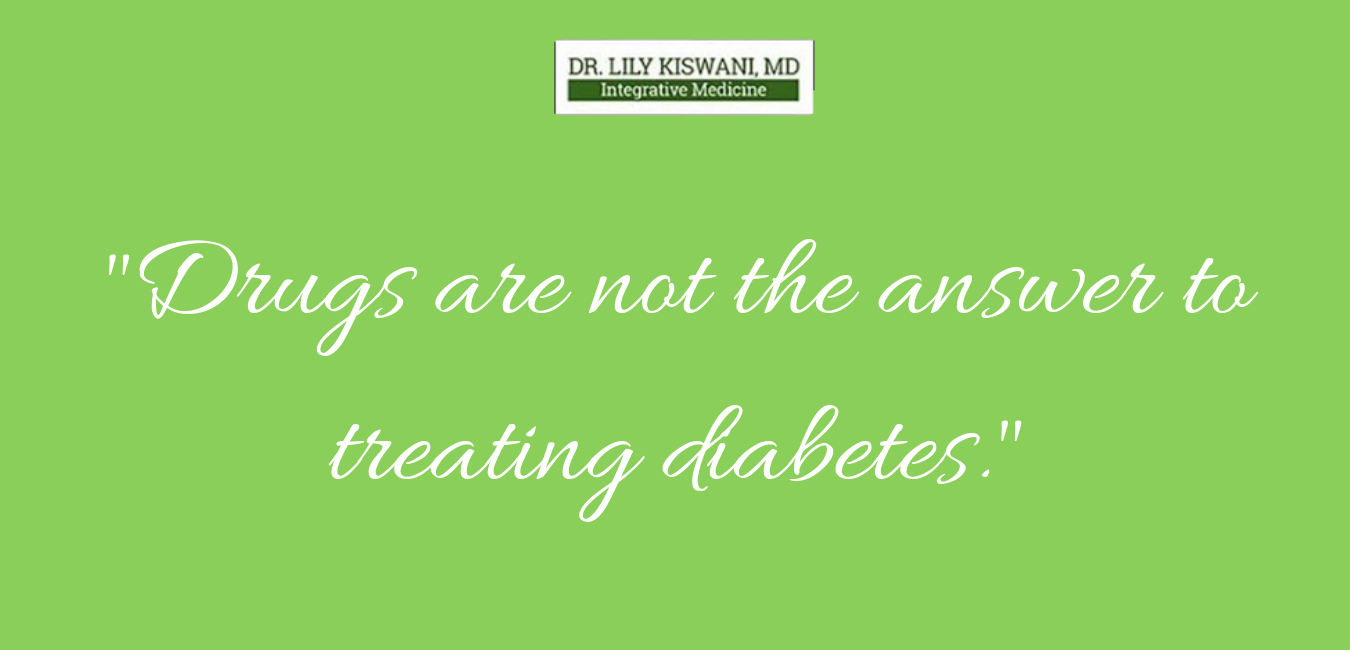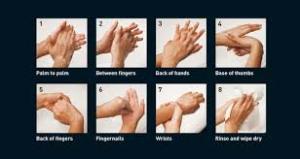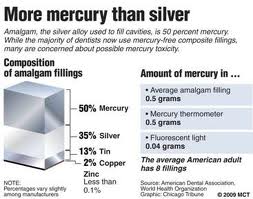
WHO recommends that we eat 9 to 13 servings of vegetables and fruit daily. A serving equals 1/2 cup, cooked, or 1 cup uncooked. A cup being 250ml capacity. Another blogpost, ‘What should I eat’ explains serving size with illustrations.
Why should we eat so much of vegetables – preferably organic?
Simple, because we can avoid the following chronic illnesses. That’s it. No medicines, no costly investigations, no fear of illness. Safe and low cost, low maintenance.
1. Cancer
Let’s start with a biggie, shall we? Plant-based nutrition is now something the American Cancer Society promotes as the smart way to go. A whole foods, plant-based diet is full of all the right foods to fight cancer right where it starts: at the cellular process where what you eat is literally what you become.
2. Diabetes
Another biggie to tackle is Type 2 diabetes. That doesn’t mean those with Type 1 should ignore the research either. A plant-based diet can normalize blood sugar levels due to the high amounts of fiber and reduce inflammation, weight gain, and arterial plaque that comes from diabetes and is now promoted as the way to eat by many medical organizations.
3. Obesity
Plants like whole grains, beans, greens, vegetables, legumes, nuts, and seeds, and fruits all promote a healthy waistline, heart, and fill you up so you’re never hungry and resort to unhealthy eating patterns. A plant-based diet has helped people all over the world lose weight, and has been shown to be the most effective at helping individuals overcome food addictions and overeating.
4. Heart Disease
Whole grains lower cholesterol and clear the arteries, beans and legumes do the same while providing protein and antioxidants, and veggies, leafy greens, and fruits all contain powerful antioxidants such as vitamins and minerals for the heart. Nuts and seeds also contain healthy fats that happen to be free of cholesterol and that are also rich in anti-inflammatory protein and beneficial omega 3 fatty acids. Studies have confirmed that a diet high in whole foods, plant-based fibers reduces cardiovascular disease and has even been found to completely prevent and reverse heart disease.
5. Chronic Inflammation (Arthritis, Gout, Joint Pain)
Greens,vegetables, herbs, seaweeds, some fruits and grains, and raw nuts and seeds are some of the best foods to eat to combat inflammation.
Stay Healthy!





